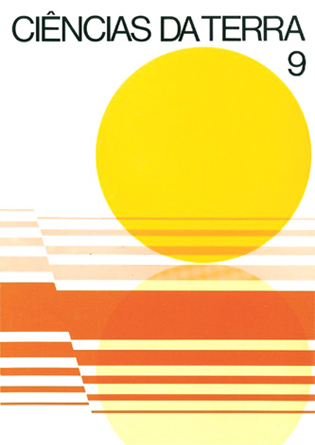Le Crétacé terminal de Beira Litoral, Portugal: remarques stratigraphiques et écologiques, étude complémentaire de Rosasia soutoi (Chelonii, Bothremydidae)
Abstract
Key-words: Late Cretaceous - Beria Litoral - Ecology - Rosasia - anatomie - Crâne - Bothremydidae - Phylogénèse The synthetic study of the uppermost Cretaceous of the Beira Litoral (fauna, flora) confirms its upper Campanian- Maastrichtian age. It shows the presence of a tropical to subtropical climate in an area constituted by a low coastal plain only occasionally linked to the sea, saturated with fresh water and possessing accordingly a predominantely freshwater fauna (Viso, Aveiro); this plain changed towards the interior into a drier more forested zone with a more abundant terrestrial fauna which includes mammals (Taveiro). A thorought study of the chelonian Rosasia, abundant on the coastal plain, was made possible thanks to the discovery of a skull; it demosntrates that the genus belongs to the family Bothremydidae, revalided here. The composition of this family is presented, its phylogenetic and paleobiogeographic relation with the other pleurodires are analyzed, and its diagnosis established. The family is constituted of three groups: Rosasia belongs to one of these, the Bothremy group.Downloads
Published
2009-04-01
Issue
Section
Articles






